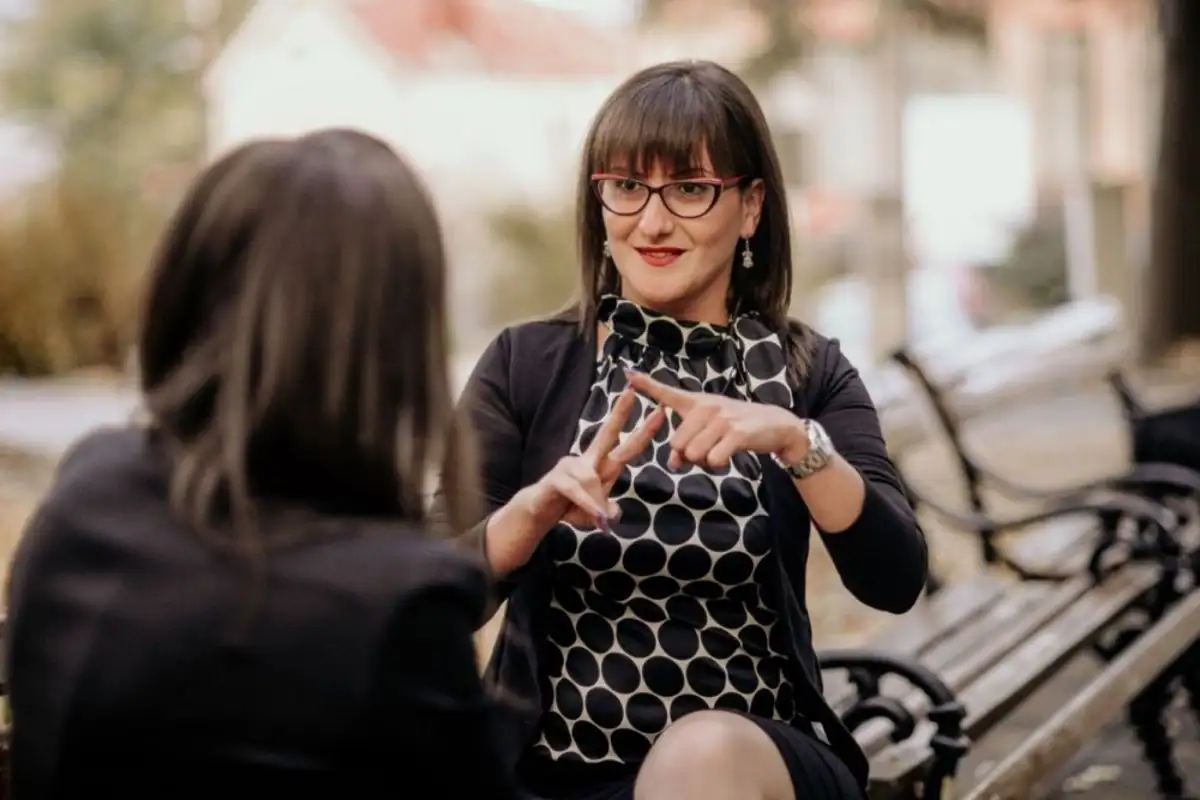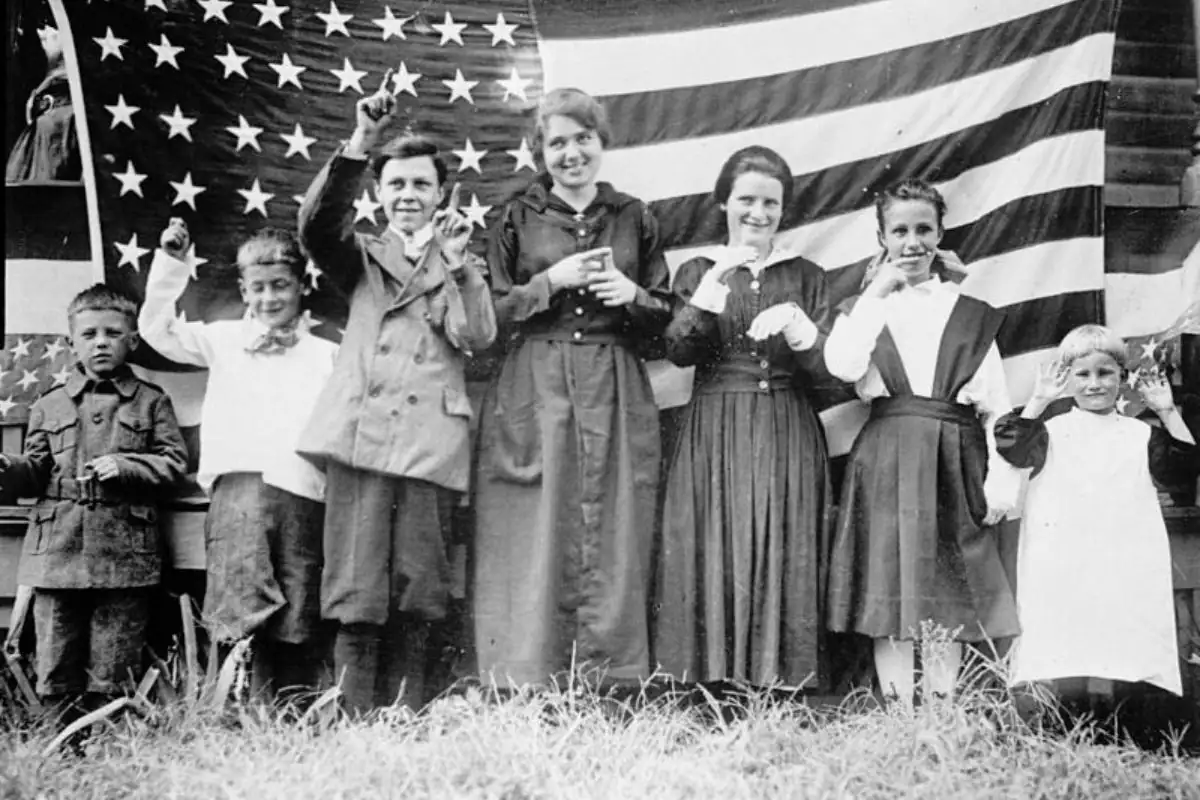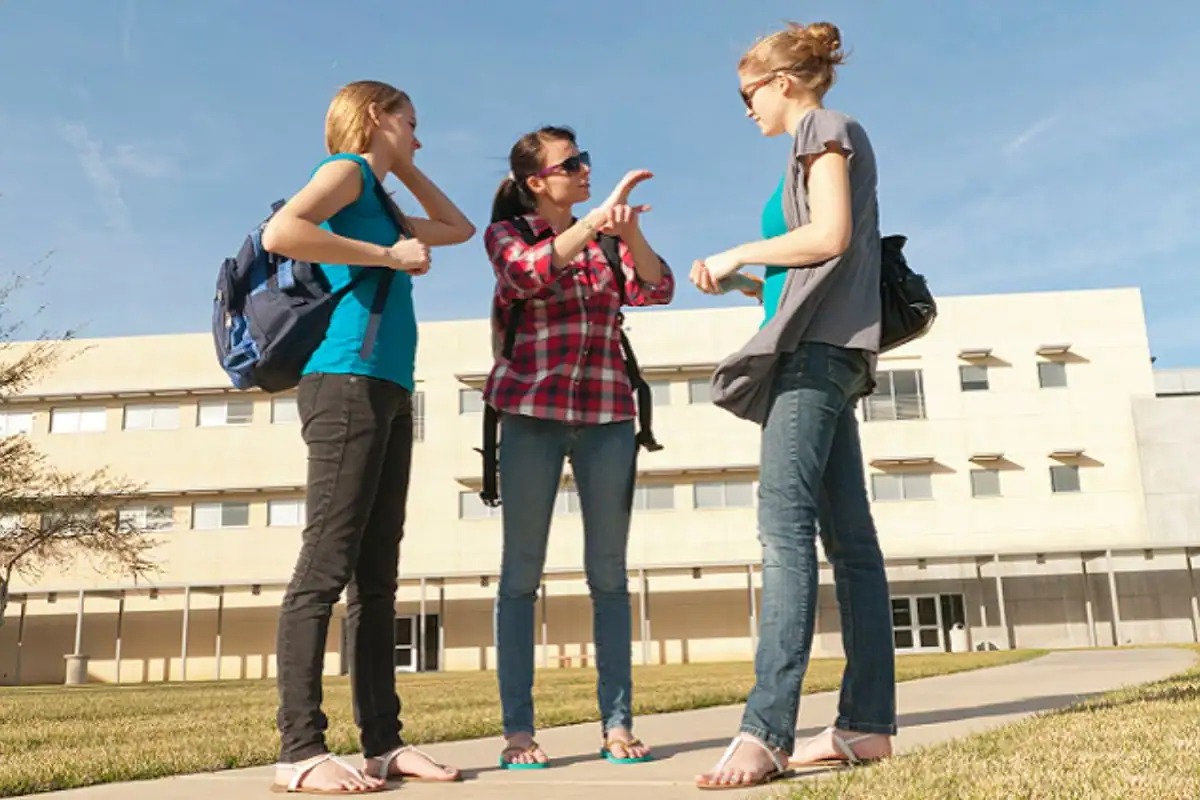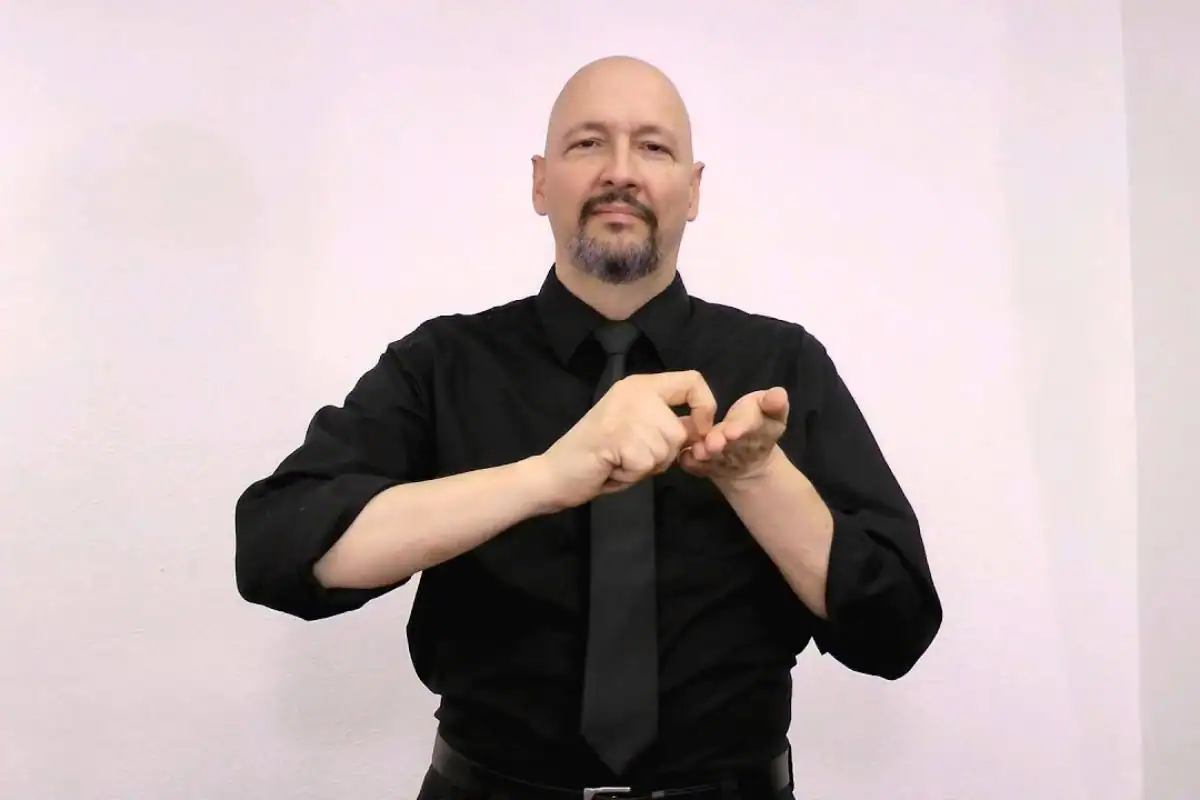Advertisement
What is Sign Language
Advertisement
Humans naturally have an urge to communicate with one another, and we usually do this through spoken language. However, this poses a significant challenge for deaf individuals, who find it difficult to learn and use an auditory language. Consequently, cultures worldwide have developed visual languages to replace spoken ones. While many people know that sign language exists, its complexity and rich history often go unnoticed.
The Basic Definition
Sign language is a form of communication that primarily uses different hand gestures to convey various concepts. Most sign languages include both a manual alphabet—where specific hand positions represent individual letters, allowing the signer to spell out new or difficult words—and a complex vocabulary of signs representing words, phrases, and ideas. Additionally, some signs incorporate body posture and facial expressions to add nuance and depth to the conversation.

Advertisement
A Universal Concept
Forms of sign language have been documented in almost every culture around the globe. In areas with small deaf communities, this sometimes takes the form of a "home sign," where each family with a deaf member develops its own unique language. Most countries have their own version of sign language, including France, Sweden, Denmark, and the United States. Interestingly, some hearing cultures have also developed sign languages for other reasons. For example, Native Americans of the Great Plains created a universal sign language to communicate across tribes with different spoken languages.

Advertisement
A Long History
Believe it or not, sign language isn't a modern concept. The earliest known written mention might be a passing reference made by Socrates in the fifth century B.C.E. Several drawings of manual alphabets exist from the sixteenth and seventeenth centuries, hinting at more complex languages. Unfortunately, the details of those languages have been lost over time. The nineteenth century saw increased interest in educating and communicating with deaf people, leading to the development and codification of modern sign languages.

Advertisement
Discrimination and Communication
Before the widespread use and acceptance of sign language, many hearing people believed that deaf individuals were incapable of learning to communicate effectively. This misconception was largely due to the difficulty of interacting with them. However, sign language changed the game, showing that deaf people are just as intelligent and capable as anyone else. A famous pioneer in this regard was Helen Keller, who became both deaf and blind due to a childhood illness. She learned to communicate using signs traced onto her palms by her teacher, Anne Sullivan, eventually becoming a renowned lecturer and public speaker.

Advertisement
A Unique Language
Many folks assume that signing is simply a physical representation of a spoken language, but that's not the case. Instead, sign languages are linguistically unique and often bear little resemblance to the primary spoken language in their country. For instance, the United States, the United Kingdom, and New Zealand each have their own sign languages. The U.K. and New Zealand versions are closely related, but American Sign Language is more akin to French Sign Language, despite English being the dominant spoken language in all three countries. Moreover, there are regional dialects within a single sign language, adding another layer of richness.

Advertisement
And a Unique Culture
Language doesn't just communicate ideas; it shapes culture. As a result, many deaf people experience a culture slightly different from the hearing communities around them. Sign language has its own idioms, expressions, and even forms of humor that might not translate well into spoken language. This phenomenon is often referred to as Deaf culture—with the "D" capitalized—and can vary by region and country. It's a testament to how language and culture are deeply intertwined.

Advertisement
Baby Sign Language
Starting in the late twentieth century, it became popular for parents to use a simplified form of sign language with hearing infants. This can be an effective way to communicate with very young children since they often understand and can make simple signs before they can speak. However, baby sign is not considered a true sign language because it works alongside spoken language rather than as an independent system. Still, it's a handy tool for parents and babies to understand each other better.

Advertisement
Community Involvement
In areas where sign language is more common, many hearing people also know some sign language and often sign while speaking to enhance communication. Martha's Vineyard Sign Language is an example of this in the United States, though it hasn't been widely used since the 1950s. Additionally, sign language interpreters are widely available to help deaf people interact with the broader community. You'll often see them at major events, but they also perform a lot of one-on-one work behind the scenes.

Advertisement
Written Sign Language
Written forms of sign language are relatively uncommon, as many deaf people can write in their country's spoken language and don't feel the need for a separate written form. However, some have tried to create a written version. Most of these are simple phonemic representations that don't capture all the nuances of sign language but can be useful for transcription and research purposes. It's a work in progress, but who knows—maybe it'll catch on down the line.

Advertisement
Technological Advances
One of the drawbacks of sign language has been the difficulty in communicating over the phone since signers need to see each other. In fact, this challenge was a driving force behind the development of video calling. A sign conversation was even used to demonstrate the first effective video-calling technology at the 1964 World's Fair. A person in New York was able to hold a sign language conversation with someone in another city. Nowadays, deaf individuals frequently use video calling apps to stay connected—isn't technology something?

.png)




